I am following this guide monitoring_opencensus_metrics_quickstart-go. Besides, I also tried the way from this answer.
Code here:
package main
import (
"context"
"fmt"
"log"
"os"
"path"
"time"
"google.golang.org/api/option"
"contrib.go.opencensus.io/exporter/stackdriver"
"go.opencensus.io/stats"
"go.opencensus.io/stats/view"
"golang.org/x/exp/rand"
)
var (
// The task latency in milliseconds.
latencyMs = stats.Float64("task_latency", "The task latency in milliseconds", "ms")
)
func main() {
ctx := context.Background()
v := &view.View{
Name: "task_latency_distribution",
Measure: latencyMs,
Description: "The distribution of the task latencies",
Aggregation: view.Distribution(0, 100, 200, 400, 1000, 2000, 4000),
}
if err := view.Register(v); err != nil {
log.Fatalf("Failed to register the view: %v", err)
}
exporter, err := stackdriver.NewExporter(stackdriver.Options{
ProjectID: os.Getenv("GOOGLE_CLOUD_PROJECT"),
MonitoringClientOptions: []option.ClientOption{
option.WithCredentialsFile(path.Join("./.gcp/stackdriver-monitor-admin.json")),
},
})
if err != nil {
log.Fatal(err)
}
view.RegisterExporter(exporter)
view.SetReportingPeriod(60 * time.Second)
// Flush must be called before main() exits to ensure metrics are recorded.
defer exporter.Flush()
if err := exporter.StartMetricsExporter(); err != nil {
log.Fatalf("Error starting metric exporter: %v", err)
}
defer exporter.StopMetricsExporter()
// Record 100 fake latency values between 0 and 5 seconds.
for i := 0; i < 100; i++ {
ms := float64(5*time.Second/time.Millisecond) * rand.Float64()
fmt.Printf("Latency %d: %f\n", i, ms)
stats.Record(ctx, latencyMs.M(ms))
time.Sleep(1 * time.Second)
}
fmt.Println("Done recording metrics")
}
I run above code locally, NOT in GCE, GAE and GKE environments.
At the metrics explorer web UI, here is the metric query condition:
- Resource Type:
Consumed API - Metric:
custom.googleapis.com/opencensus/task_latency_distribution
Full query:
fetch consumed_api
| metric 'custom.googleapis.com/opencensus/task_latency_distribution'
| align delta(1m)
| every 1m
| group_by [],
[value_task_latency_distribution_aggregate:
aggregate(value.task_latency_distribution)]
The service account has Monitoring Admin role.
But got No data is available for the selected time frame.
